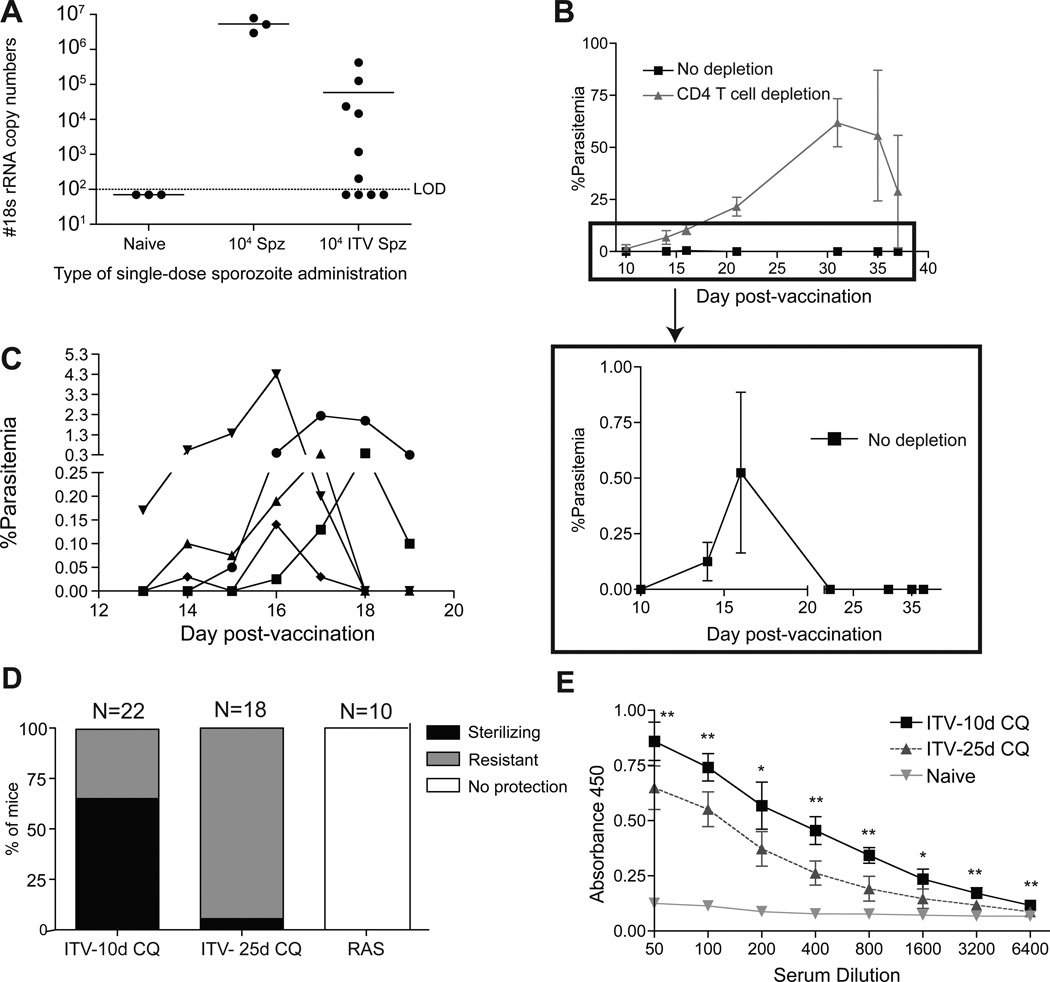Figure 3. Transient parasitemia after CQ cessation correlates with protection and induction of anti-blood stage parasite antibodies during ITV.
(A), Py-specific ribosomal RNA copy number in the spleen of Py infected control (day 9) or ITV (day 9) B6 mice. Data represent individual mice and are pooled from two independent experiments. (B) Parasitemia in CD4 T cell depleted ITV mice after cessation of CQ (top panel). Low frequency parasitemia in control Ig treated mice after CQ cessation (bottom panel) in ITV B6 mice receiving 10 days of CQ chemoprophlyaxis. Error bars in bottom are mean +/− SD. (C), Parasitemia after CQ cessation in five individual ITV B6 mice receiving 10 days of CQ chemoprophylaxis. (D) Percent of B6 ITV mice, given 10 days or 25 days of CQ chemoprophylaxis, or RAS vaccinated mice exhibiting protection (black shading), resistance (grey shading), or no protection (no shading) after challenge with 103 virulent sporozoites >60 days after vaccination. Data are pooled from four independent experiments. P < 0.0001 by Chi-Square analysis comparing ITV-10d CQ to ITV-25d CQ for protection. (E), Total serum IgG recognizing parasitized red blood cell lysates from naïve or ITV B6 mice (ITV-10d CQ or ITV-25d CQ). The ITV-25d CQ group did not exhibit patent parasitemia after CQ cessation. Results are representative of two independent experiments. **, P <0.01; *, P <0.05.

